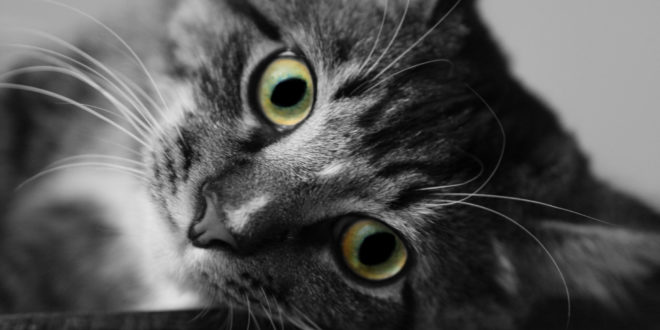Article by Louis LaGrand, Ph.D.
Have you ever witnessed a friend or neighbour distraught over the death of a pet? If you have never owned a pet, or considered having one, were you surprised to see someone crying? Actually, such a response is just as normal as when a close friend or loved one dies. The emotional relationship between pet and person is equally intense as is person to person.
Here’s what you should know about helping someone who is mourning the death of a pet since there is great sorrow involved that can go on for long periods of time.
1. Just as in the death of a friend or family member (and most animals are considered part of the family), grief is to be expected due to the degree of emotional investment in the object of loss. Emotional investment means caring and concern; it is love in-depth. Only the mourner knows the depth of that investment. Sometimes pet grief is more intense than the grief associated with the death of a loved one.
2. Give permission to show emotion by something you say or do. Give the person a hug and say, “This must bring deep hurt” or “I’m so sorry to hear that.” Use the name of the pet when you can. Recognize how close the relationship was between the pet and the mourner and encourage him/her to talk about the illness or what led up to the death.
3. Offer to be of service in some way. Bring food over to the home, if appropriate. Go with the owner to the pet cemetery. Provide transportation. Simply showing you are aware of the impact of the death will be of great help to your friend. Your presence is a healer.
4. Review the relationship the person had with the pet in a gentle caring way. Ask questions regarding how long the pet was part of the family and where he/she came from. Encourage story telling involving what the pet did or did not do. All of this will give you a better idea of what the loss means to the person and allows them to release feelings.
5. Grief over the death of a beloved animal is just as individual as grief over the death of a family member. There will be a wide range of differences, some demonstrative others very reserved. Do not judge the depth of grief by outside appearances. Respect all expressions of grief. Some individuals will hide their grief over fear others will ridicule their behaviour. Be sure to include children in learning about grief and death through the death of the pet.
6. Keep in mind, especially with older adults living alone, some companion animals may be the only family the person has. Thus the animal is one of the few or perhaps the only one the mourner received unconditional love from.
7. If other losses have preceded the death of a pet, it can make the pet death more difficult to deal with. For example, if a pet owner has had to give up driving, has had a debilitating illness, has had friends move away, or experienced the death of a loved one, these or other losses can easily result in bereavement overload. The mourner will especially need a nurturing and understanding community at this time of transition.
8. Guilt, anger or depression can also be associated with pet loss. Guilt is the most common reaction, especially if the owner had to have the pet euthanized, was not there when the pet died, or did not recognize the illness until the later stages.
9. Help create or suggest a memorial. A picture, toy, or collar can be used as a way to honour or remember the pet. An object belonging to the animal can be encased in Lucite or placed on a shelf that can be easily viewed.
No longer do pets play a superficial role in homes throughout the country. Rather, they have come to fill the needs of companion, supporter, and old friend. Consequently, the death of a pet can become a major grief experience for the young or old alike. Become sensitive to the role the animal played in the life of the family, and you will be better equipped to provide ongoing support and appropriate remembrances that will be immensely helpful in the months ahead.










Join the Discussion
Type out your comment here:
You must be logged in to post a comment.